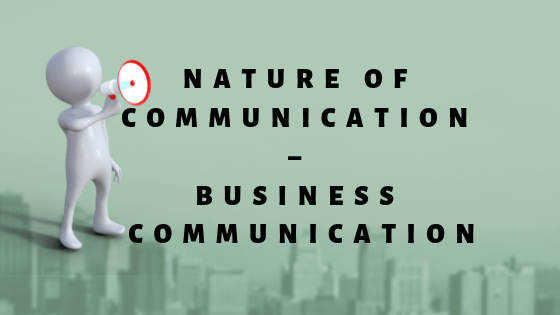Effective communication is very important for professional and personal success. This article will explain about 7 C’s of effective communication.
Correctness
Correctness in communication implies there are no grammatical errors in a message.
The sender should look that the message is exact, correct and well timed. There must be appropriate and correct language in the message sent.
The correct message has more influence on the audience or readers.
Courtesy
The word courtesy probably means kindness. Courtesy in message intends the message should show the senders expression as well as should respect the receiver.
The message send should be polite, judicious, reflective, and enthusiastic. Both the viewpoint of both the sender and receiver should be taken in mind.
Mainly it is focused on the audience. It is the part which gives the receiver a better position or a kind of comfort zone as far as entire communication is concerned.
The total amount of harassment in communication is ‘0′ then it is courtesy, if it is ‘100′, then the message is non-courtesy.
Clarity
Clarity emphasizes a specific message or goal at a time, rather than trying to achieve too much at once. It makes understanding easier.
The clear message makes use of exact, appropriate and concrete words. Clarity has to be in theme, background, volume, and sound.
Concreteness
Concreteness adds strength to the reason of message behind its communication.
During useful communication, concreteness is the total percentage of flexibility. Greater percentage means less concreteness and less percentage of flexibility intend high concreteness.
Concreteness strengthens the confidence. It builds a reputation.
Concrete messages are not misinterpreted and help to make decisions fast.
Completeness
The message conveyed should be complete. It should provide all the details needed by the readers.
The sender of the message should consider the receiver’s mindset and convey the message accordingly. It persuades the audience.
A complete communication always provides additional information wherever required. It leaves no question in the mind of the receiver.
Conciseness
Conciseness means what you want to convey in the least possible words without forgoing the other C’s of communication it is both time saving and cost saving.
It is non-repetitive in nature. It provides a short and essential message in limited words to the audience.
Consistency
It means that there should be a proper time gap between the message send and receive by the receiver and sender.
Consistency helps decision making on time.




